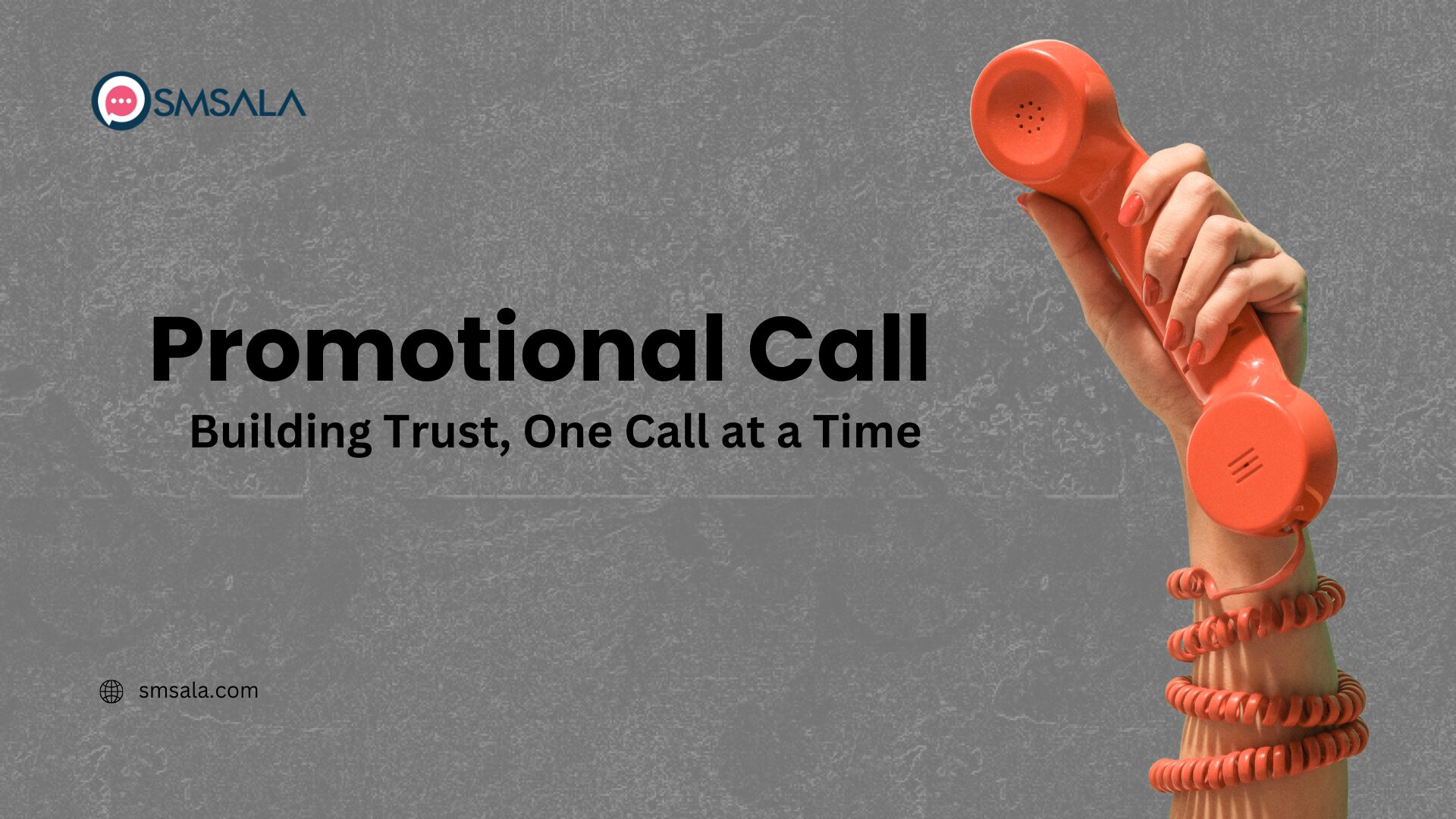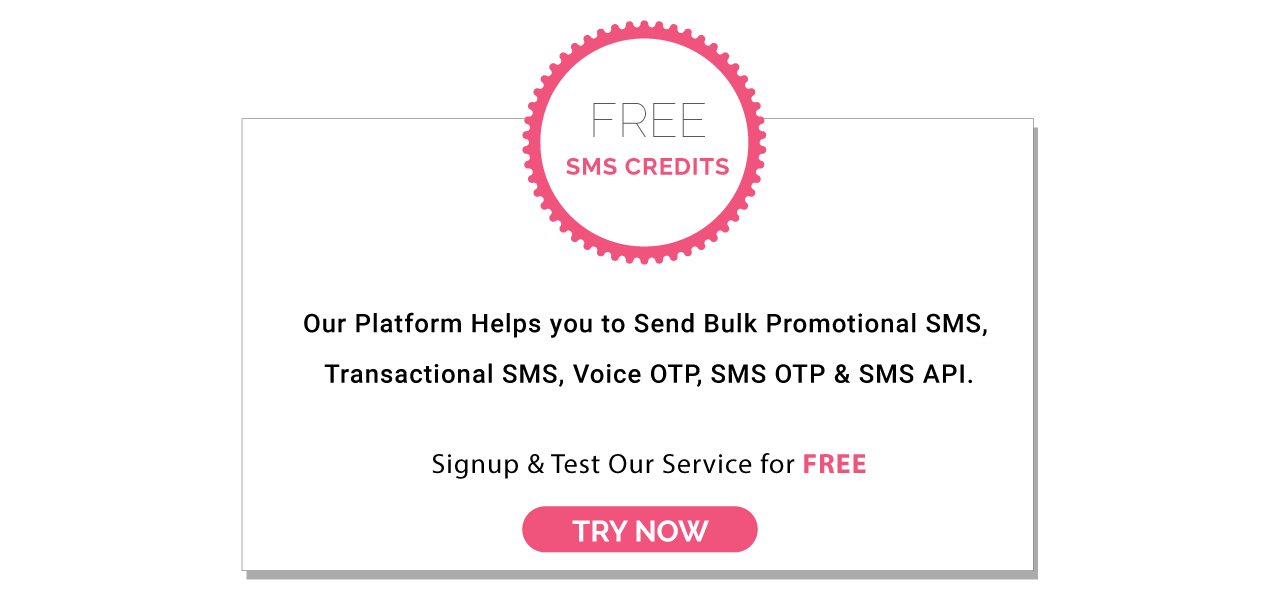A promotional call is not just about putting a message across and broadcasting it, but establishing a connection. When effectively implemented, it can transform mere listeners into customers who have been served by providing them with a tailored experience that will resonate with them. Most companies call upon promotional messages to inform about the offers, new services, or new updates, yet very few of them go the extra mile to connect with their audience in a meaningful manner. Two-way interaction.
The promotional calls are interactive and initiate a two-way dialogue, which makes the customers feel important and heard, as well as gives both parties actionable insights. Granted that you have ever had the experience of receiving a call whereby you are merely told in terms of an offer and left at a crossroads on what to do next, you know how flat it can be. The interactive calls, on the other hand, welcome participation, feedback, and preferences – getting the customer control over the interaction.
This article discusses the importance of using promotional calls that are interactive in order to increase customer experience, loyalty, and conversion rates. We will also take a step-by-step approach through examples and life steps to ensure that these strategies are put into practice.
What Makes an Interactive Promotional Call Different?
A typical promotional call has a script, conveys information, and has an abrupt conclusion. Interactive calls, on the other hand, are tailored in such a way that the recipient is engaged in the process, whether it be through voice commands or inputting using the keypad and asking follow-up questions. This does not only make the interaction more interactive but also assists the companies to receive useful data, personalize future messages, and build trust.
The most important aspects of Interactive Calls:
- Individualized Greetings: Addressing the customer by name or alluding to previous interactions.
- Choice-Driven Navigation: User is given options (e.g., 1 to get offers, 2 to get support, etc.).
- Feedback gathering: Requests for ratings or preferences.
- Follow-Up Prompts: Providing follow-up steps, depending on responses by the user.
As an example, a telecommunication company can make a phone call to a customer and ask: Press 1 to know about new family plans, or Press 2 to talk to the representative. This minimal interaction provokes the customer to work, but not to listen to the listener.
Why Interactive Promotional Calls Matter for Customer Experience
It’s About Feeling Valued
When customers feel that the business is concerned with their needs, they will most likely interact. The interactive calls also make the call individualistic, as the call is personalized. The visitor will become more influenced to think positively of the brand when he/she hear his/her name and are asked particular questions that apply to his/her preferences.
Greater Satisfaction and Loyalty.
You minimize frustration by letting the customers decide the way of interacting. When a user can navigate through the offers without much difficulty, finding the necessary ones or omitting unnecessary ones, he or she would feel that he or she was respected, which results in increased satisfaction and loyalty.
For making smarter decisions, better data is needed.
Interactive calls are not only data-friendly, but also friendly to the customer. Feedback collection, preferences, and behavior patterns through interactions give businesses a chance to optimize future campaigns and improve offer targeting.
Reduced Drop-Off Rates
A call where users are requested to participate retains the users longer. Customers will tend to remain connected by having alternatives and being able to act as opposed to hanging up in the middle.
Accessibility for All
Multilingual possibilities can be provided in interactive calls, and various customer bases can be accommodated. This inclusiveness will make sure that none of the customers feel left out when it comes to offers and support services.
Real Life Interactive Promotional Calls.
Example 1: A Health & Wellness Brand
A wellness subscription service sent out promotional calls about new product bundles. Instead of simply listing the offer, the call asked customers to answer quick questions: “Are you interested in weight management or energy boosters?”
- Would you like to be sent weekly tips by SMS?
- The brand targeted preferences, thus customizing the message, which increased engagement by 35%.
Example 2: A Retail Chain
One retail chain utilized interactive calls in announcing seasonal sales. Customers were requested to choose their areas of interest (electronics, home appliances, fashion) and were then pointed out to various deals. This strategy increased the click-through rates by two times in their follow-up messages.
Example 3: A Financial Services Provider.
A bank implemented interactive promotional calls for credit card offers. Users could instantly apply or schedule a callback. With the ability to choose a convenient time, conversion rates rose by 28%.
Crafting Effective Interactive Promotional Calls
Step 1: Start with Empathy
Consider the path of the customer. What are their needs, hesitations, and expectations? Effective customer engagement strategies focus on writing scripts that indicate knowledge and not just sales intentions.
Example:
Rather than telling someone that you have an offer that they cannot refuse, you can tell them that you think they can use a plan that will save them money, given their previous usage.
Step 2: Keep It Short and Clear
Interactive calls must be to the point and user-friendly. Avoid information overload. Give clear guidelines such as:
“Press 1 for new offers.”
Press 2 to listen to benefits that are personalized.
Disengagement may be caused by a long explanation or technical jargon.
Step 3: Enhance the Experience to be Smooth.
An interactive call that was done properly is a friendly discussion and not a pre-written marketing effort. Make sure there are no difficulties in transitions between steps:
Greeting – Options – Feedback – Thank you – Next steps.
Step 4: Deliver Value Every Step.
At every point of contact, give the customers something useful. It can be the advice, a unique offer, or a discount code, but offering real value will make the interaction valuable.
Step 5: Follow Up Thoughtfully
Interactive calls are not the end. Send follow-up messages depending on the customer preferences. When an individual picks one of the options of fitness plans, then provide them with tips or material that is related to their exercise and not just any general advertisement.
Common Mistakes to Avoid
- Ignoring Personalization: Treating all customers the same leads to disengagement. A generic script misses opportunities to build relationships.
- Overloading with Options: Too many choices can confuse the user. Limit options to 3–5 actionable steps.
- Failing to ask for Feedback: Feedback loops help improve future campaigns. Skipping this step limits data-driven insights.
- Using Complex Language: Keep instructions simple. Avoid industry jargon unless necessary.
- Failure to Respect Customer Time: In case customers wish to skip or terminate the call, make it easy so that they are not pressured.
How Interactive Calls Fit into Omnichannel Marketing
The interactive promotional calls should not be on their own. They are most effective in a bigger marketing program that incorporates SMS campaigns, emails, and social media usage.
For example:
Another target email is in the form of a tip and offer that can be sent to a customer who chooses to carry out home improvement after receiving a promotional call.
Call-based feedback can be used to divide audiences into specific social media advertisements.
Call data can be used to inform the content of the websites and the frequently asked questions.
Measuring the Success of Interactive Calls
Key Metrics to Track:
- Response Rate: The rate at which customers use the call options.
- Conversion Rate: The percentage of users to whom desired actions (signing up, purchasing) are done.
- Customer Satisfaction Score: Gathered by use of follow-up surveys.
- Drop-Off Rate: The rate of users who leave the call prematurely.
- Quality of feedback: Perceptiveness and thoroughness of feedback.
A set of these measures provides an overall picture of the way interactive calls are improving customer experience.
Conclusion: It Takes One Call to Build Trust.
Promotional calls are considered to be annoying or intrusive, but when done in a considerate and interactive way, they become an effective means of interactivity. The interactive promotional calls transform a passive listener into an active one and provide them with options, receive feedback, and give them a sense of belonging.
When a call becomes personal, conversational, and useful, customer satisfaction, loyalty, and overall outcome can be improved, which is achieved through investment in brands. No matter whether your company is a startup or a long-running business, interactive voice techniques may become the key to its success and make every interaction with the customer count.
Start small. Ask one question that counts. Transform the responses to create improved dialogues. Such little steps will eventually create better relationships, one promotional call at a time.




